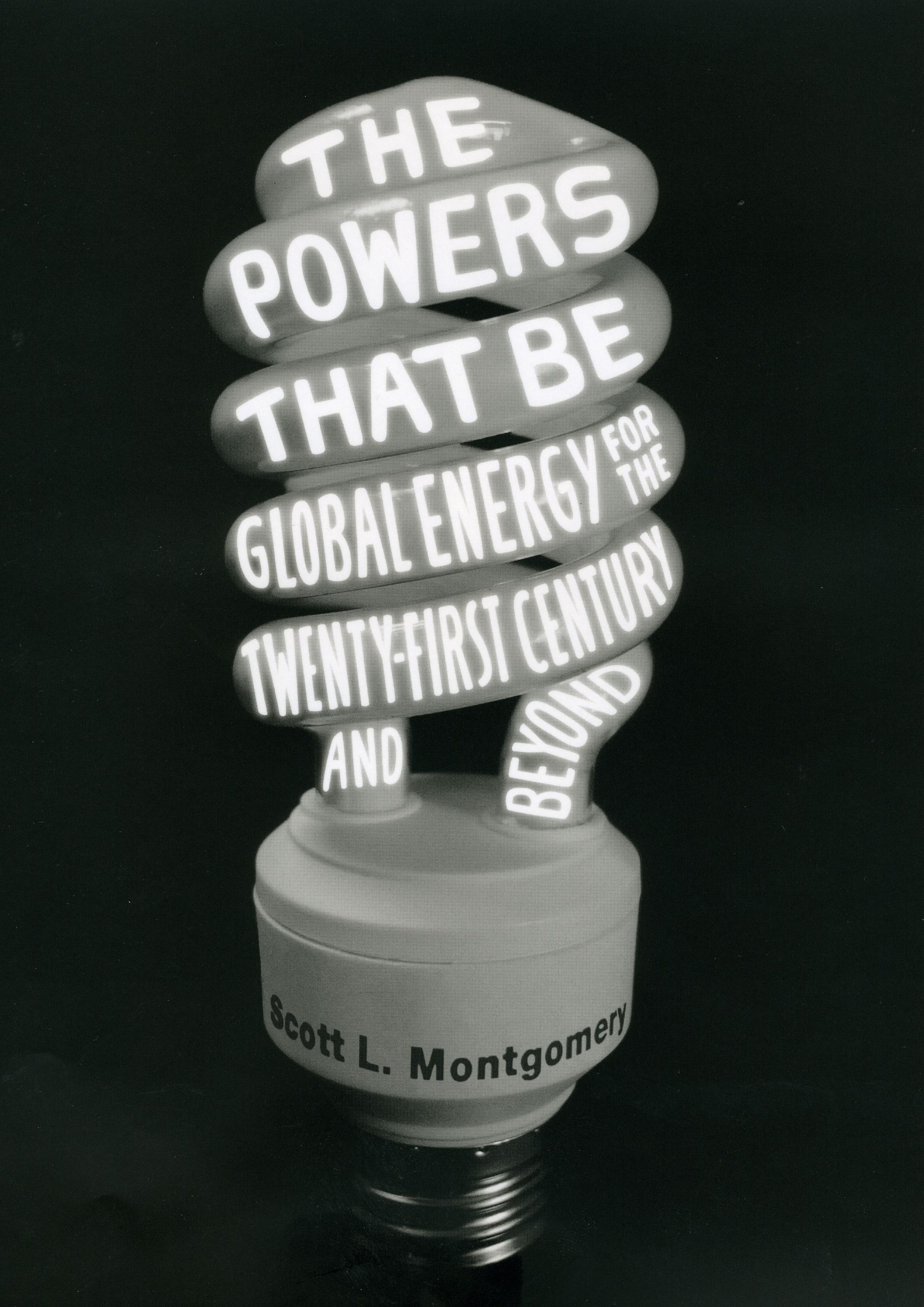China’s Epic Jam
According to the Christian Science Monitor, a traffic jam on the Beijing-Tibet expressway in China has now reached its eleventh day, and the snarl currently spans over sixty miles. Seemingly the stuff of a commuter’s pessimistic daydreams, the jam in reality vividly testifies to the powerful forces at work in contemporary China.
 Among those forces are a rapidly expanding economy and a bigger role on the world stage, topics examined in detail in China’s Growing Role in World Trade. Cars are part of that growing role according to Popular Science:
Among those forces are a rapidly expanding economy and a bigger role on the world stage, topics examined in detail in China’s Growing Role in World Trade. Cars are part of that growing role according to Popular Science:
While Detroit declines, China is quickly becoming the world’s largest auto economy. China is selling passenger cars to its own citizens at a pace that seems unfathomable during an overall global economic decline (last year China automotive market moved 13.6 million cars, compared with 10.4 million in the U.S.). China is also on the brink of becoming a major automotive exporter, meaning Chinese manufacturers and designers will soon be deciding what commuters drive in other parts of the world.
A boom in both automobile use and manufacturing will only increase China’s importance to future discussions of global energy policy. Indeed, it turns out energy is the other force at work in the traffic jam; as the Christian Science Monitor notes “an awful lot of the trucks currently snarled on the G110 expressway to Beijing are carrying coal mined illegally in Inner Mongolia.” A startling 70% of China’s electricity is generated by coal according to Scott L. Montgomery’s The Powers That Be: Global Energy for the Twenty-first Century and Beyond, a straightforward, informed account of the ways we acquire and use energy and what we should do about it.
 Of course, China isn’t the only place where these issues matter—much less the only place with traffic jams. To learn more about people and their cars, turn to Brian Ladd’s Autophobia: Love and Hate in the Automotive Age, a wry and pithy yet wide-ranging cultural history of cars that takes in belle epoque Paris, Nazi Germany, postwar London, Los Angeles, New York, and contemporary Shanghai. Those particularly interested in the history of cars in the U.S. should pick up Cotten Seiler’s Republic of Drivers, which looks back at the period between 1895 and 1961—from the founding of the first automobile factory in America to the creation of the Interstate Highway System—to find out how driving evolved into a important symbol of freedom and agency in America. Those associations have fueled the car business ever since and seem to have migrated across the world—maybe someday we can look forward to reading The People’s Republic of Drivers?
Of course, China isn’t the only place where these issues matter—much less the only place with traffic jams. To learn more about people and their cars, turn to Brian Ladd’s Autophobia: Love and Hate in the Automotive Age, a wry and pithy yet wide-ranging cultural history of cars that takes in belle epoque Paris, Nazi Germany, postwar London, Los Angeles, New York, and contemporary Shanghai. Those particularly interested in the history of cars in the U.S. should pick up Cotten Seiler’s Republic of Drivers, which looks back at the period between 1895 and 1961—from the founding of the first automobile factory in America to the creation of the Interstate Highway System—to find out how driving evolved into a important symbol of freedom and agency in America. Those associations have fueled the car business ever since and seem to have migrated across the world—maybe someday we can look forward to reading The People’s Republic of Drivers?